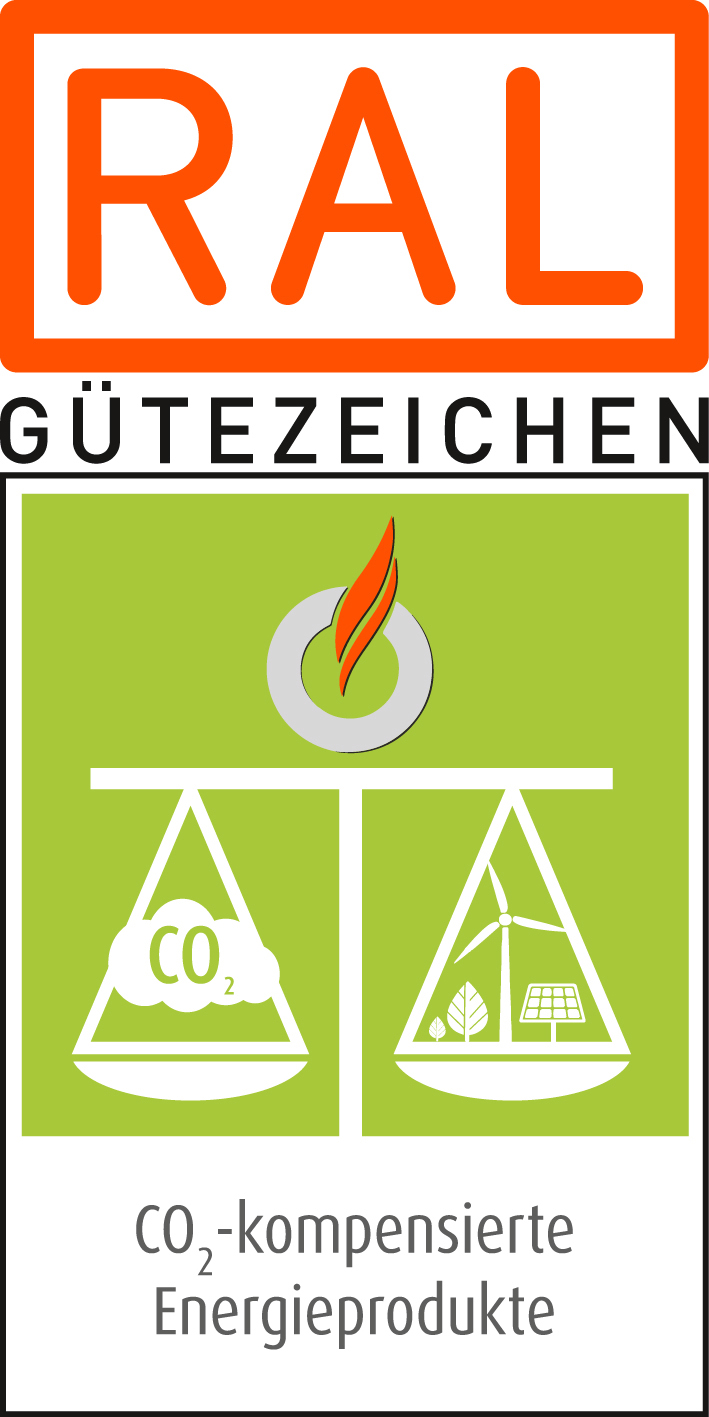Around 14 percent of the CO2 emissions in Germany are generated in the building sector. To reduce your own carbon footprint, climate friendly heating, appropriate investment in insulation measures and climate friendly construction practices thus play an important role. Reliable labels provide guidance in this area: The RAL Quality Mark for CO2-Reducing Wooden Buildings and the RAL Quality Mark for Energy Products that Offset CO2 Emissions provide guidance to consumers who attach importance to the issue of climate protection.
Large amounts of energy are consumed in the production of some construction materials. Anyone who wants to build in a climate friendly way should thus take a holistic approach, a so-called lifecycle approach, that takes into account the entire generation costs and the manufacturing costs for a building. Building developers can recognise particularly climate friendly and sustainable construction practices by the RAL Quality Mark for CO2-Reducing Wooden Buildings. It is awarded to buildings whose raw timber is sourced from sustainable forestry. The construction materials and components also have valid Environmental Product Declarations (EPD). These were developed for specific materials at a European level and record their energy-relevant characteristics. The climate change mitigation effect of buildings holding the RAL Quality Mark for CO2-Reducing Wooden Buildings is calculated based on the EPDs and refers to their global warming potential (GWP100). It states how much greenhouse gas is released by each building over a period of 100 years. In the case of houses holding the RAL Quality Mark for CO2-Reducing Wooden Buildings, the GWP value is below zero during the production phase so that their construction is considered particularly climate friendly.
The best approach is to avoid CO2 emissions as far as possible. Yet this is not always entirely possible, such as in the heating sector. In this case, offsetting CO2 emissions is a sensible option. The carbon offsetting system is based on the Clean Development Mechanism (CDM) that was introduced as part of the Kyoto Protocol. This treaty, which came into force in 2005, prescribes obligatory targets for greenhouse gas emissions. CO2 emissions are offset as part of the CDM through investment in certified climate protection projects. In the area of heating oil deliveries, the RAL Quality Mark for Energy Products that Offset CO2 Emissions guarantees that the greenhouse gases released when burning the oil are correctly converted into CO2 equivalents. Climate protection projects for the reduction of CO2 emissions are financed by purchasing carbon emission reduction certificates. The greenhouse gases that are generated during the mining, production and storage of the heating and motor fuels are taken into account in the calculations and the emissions are fully offset. The calculation process is kept transparent. Consumers are thus able to easily understand the reliable offsetting of their energy deliveries.




